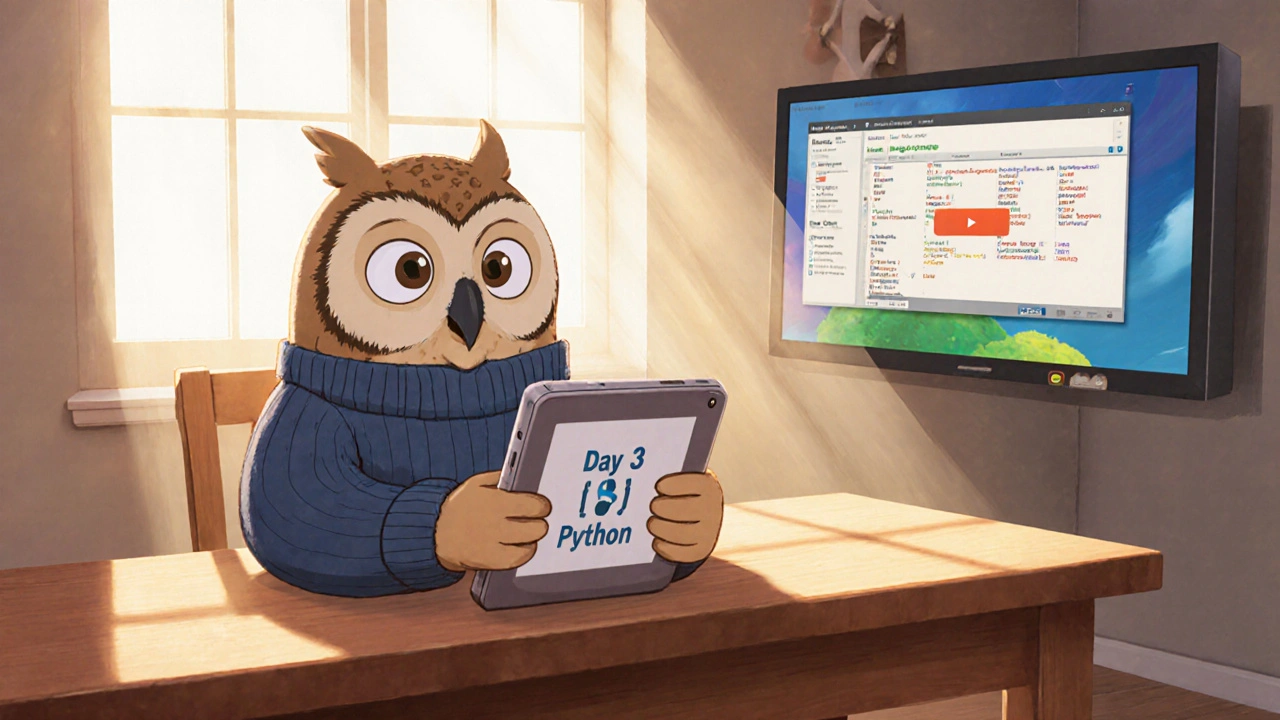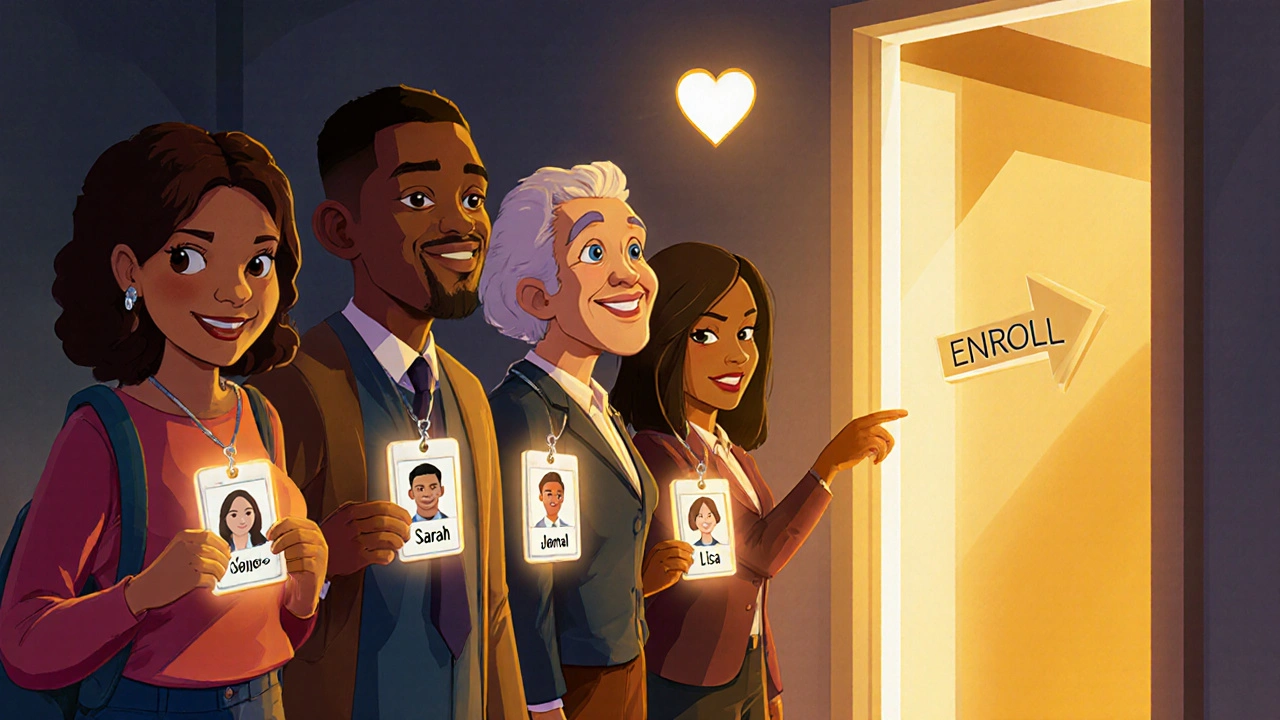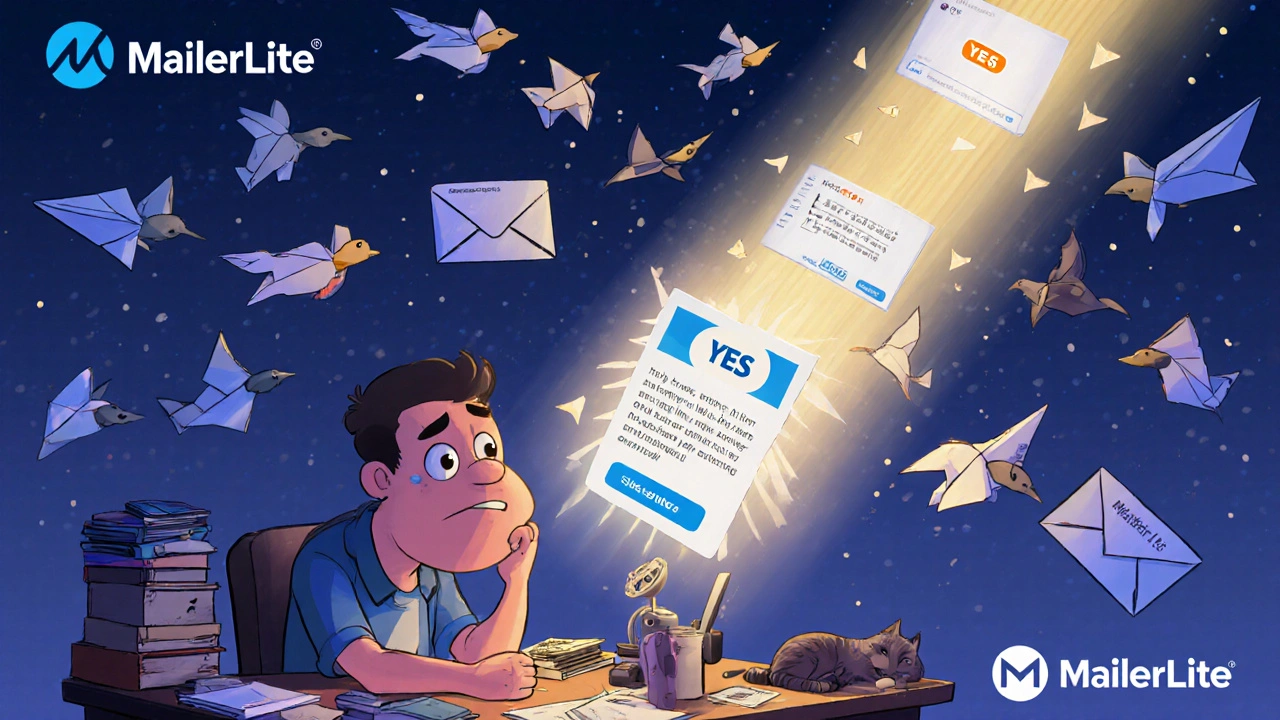Nurture Sequences That Turn Leads into Enrolled Students
 Nov, 23 2025
Nov, 23 2025
Most course creators lose money on leads because they treat them like a one-time sale. You send a free webinar invite, someone signs up, and then... silence. Two weeks later, they forget they ever showed interest. That’s not a marketing problem-it’s a nurture sequence problem.
Why Nurture Sequences Work When Ads Don’t
Ads grab attention. Nurture sequences build trust. When someone downloads your free guide on "How to Learn Python in 30 Days," they’re not ready to buy. They’re curious. They’re testing if you’re worth their time. Your job isn’t to sell them right away-it’s to show up consistently so they start thinking, "This person gets me."
Think of it like dating. You don’t propose on the first date. You text them after the coffee, ask how their week went, share something funny you saw, and slowly, they start looking forward to hearing from you. That’s what a good nurture sequence does.
According to a 2024 survey of 217 online course creators, those using structured nurture sequences saw a 47% higher enrollment rate than those who just sent a sales email after a lead magnet. The difference wasn’t the price. It wasn’t the course content. It was consistency.
The 5-Part Nurture Sequence That Actually Converts
Here’s what works right now in 2025-not theory, not fluff, but what’s working for coaches, bootcamps, and certification programs in the U.S. market.
- Day 1: The Welcome + Quick Win - Don’t just say "Thanks for signing up." Give them something they can use immediately. If they downloaded your "Python Starter Kit," send a 3-minute video showing how to install the first tool. No fluff. Just action.
- Day 3: The Story - Share a real story. Not your origin story. A student story. "Sarah, a single mom in Ohio, used this same checklist to land her first freelance gig in 11 days. Here’s what she did differently." People don’t buy from experts. They buy from people who’ve been where they are.
- Day 6: The Objection Handler - Anticipate the biggest reason they won’t enroll. Is it cost? Time? Fear of failure? Send a short email: "I know you’re thinking, ‘I don’t have time for this.’ Here’s what 3 people who said the same thing did next-and how they made time anyway."
- Day 10: The Social Proof Bomb - Don’t just say "1,200 students enrolled." Show names, photos, results. "Here’s what Jamal from Atlanta achieved after finishing Module 2: He got promoted and now earns $22k more a year." Use real names. Use real screenshots. No stock photos.
- Day 14: The Low-Pressure Invite - No "BUY NOW!" Just: "We’re opening enrollment for the next cohort on Tuesday. If you’re serious about learning Python and want to be one of the first 15 to get in, reply with ‘YES’ and I’ll send you the link before it goes live." This creates exclusivity without being pushy.
What Happens When You Skip These Steps
Let’s say you send a lead magnet, then wait five days and blast a $499 sales pitch. What’s the result? Most people don’t respond. A few feel manipulated. A handful might buy out of guilt.
But here’s what’s worse: those who don’t buy? They never come back. They unsubscribe. They block you. And worst of all-they tell their friends you’re "just another course seller."
Without nurture, you’re not building a pipeline. You’re throwing spaghetti at the wall and hoping one piece sticks.

Tools That Make This Easy (Without Coding)
You don’t need a $5,000 CRM. You don’t need a team. You just need the right setup.
- ConvertKit - Best for beginners. Easy visual automation builder. Lets you tag leads based on what they click.
- MailerLite - Cheaper, clean interface. Great for small lists under 5,000.
- ActiveCampaign - If you want to track opens, clicks, and even website visits after they click your email.
One course creator in Tempe, Arizona, used MailerLite to automate her entire sequence. She didn’t change her course. She didn’t lower her price. She just sent the right message at the right time. Her enrollment rate jumped from 8% to 29% in six weeks.
When to Pause or Adjust Your Sequence
Not every lead is ready to enroll. Some are just browsing. Some are looking for free stuff. That’s okay. But you need to know who’s who.
Track these three signals:
- Opens - If someone opens your first three emails but never clicks a link, they’re curious but not ready. Try a different story in email #4.
- Clicks - If they click your "student success" link but never reply to the "YES" email, they’re interested but unsure. Send a short video asking, "What’s holding you back?"
- Replies - If someone replies to your email with a question, that’s a golden signal. Reply personally. You’ve got a hot lead.
Set up a simple rule: If someone hasn’t opened an email in 21 days, move them to a "cold lead" list. Don’t spam them. Just stop. They’ll come back if they’re ready.

Common Mistakes That Kill Conversion
Here’s what most people mess up:
- Sending too many emails too fast - Five emails in three days feels like a sales assault. Space them out. Let them breathe.
- Using the same message for everyone - A lead who downloaded "Learn SQL" isn’t the same as someone who watched your "How to Switch Careers" video. Segment your list by what they downloaded.
- Ignoring mobile - 73% of emails are opened on phones. If your email is 1,200 words with tiny buttons, you’re losing half your audience.
- Forgetting the subject line - Your subject line is the door. Your email is the room. If the door doesn’t open, no one gets in. Test subject lines like: "This changed how I learned coding" vs. "Your free guide is inside."
What to Do After They Enroll
Don’t stop nurturing when they pay. That’s when the real work begins.
Send them a "Welcome to the Program" email with a quick win: "Here’s your first assignment-and why it matters." Then, three days later, send a message from a current student: "I was nervous too. Here’s what helped me."
People don’t drop out because the course is hard. They drop out because they feel alone. Your nurture sequence doesn’t end at enrollment. It just changes shape.
Final Thought: Nurture Is a Habit, Not a Campaign
There’s no magic formula. No secret hack. Just consistency. Show up. Tell real stories. Answer real questions. Don’t try to be perfect. Try to be present.
The best nurture sequences aren’t the ones with the fanciest tools. They’re the ones where the person on the other end feels like you’re talking directly to them-not selling to them.
Start small. Send five emails. Track what happens. Adjust. Repeat. In six weeks, you’ll look back and wonder why you ever waited for leads to "just say yes."
How long should a nurture sequence be?
Most effective sequences run between 7 and 14 days, with 4 to 6 emails spaced every 2-3 days. Too short and you don’t build trust. Too long and people forget why they signed up. The sweet spot is just enough to show up, prove value, and invite action without overwhelming.
Should I use automation or send emails manually?
Use automation for the first 3-4 emails. That’s where the bulk of your conversion happens. But for anyone who replies or clicks a link, switch to manual. A personal reply from you-even just "Hey, I saw you clicked the student story-what part resonated?"-can turn a lukewarm lead into a paying student.
What if my leads don’t open emails?
If open rates are below 30%, your subject lines need work. Try starting with "I know you’re thinking…" or "This is why [X] didn’t work for you." Also, check your sender name. "CourseMaster" sounds spammy. "Alex from LearnCodeWithAlex" sounds human. Test both. And make sure your welcome email is sent immediately after sign-up-delays kill engagement.
Can I reuse the same nurture sequence for different courses?
You can reuse the structure, but never the content. A sequence for a Python course won’t work for a photography course. The stories, objections, and social proof must match the audience’s real concerns. A photography student fears "I’m not creative enough." A coding student fears "I’m too old to learn." Tailor the message, not the template.
How do I know if my nurture sequence is working?
Track three things: open rate (aim for 40%+), click-through rate (aim for 15%+), and enrollment rate from the sequence (aim for 20%+). If you’re hitting those numbers, you’re doing it right. If not, look at your Day 3 story and Day 10 social proof-those are the two most powerful triggers. Fix those first.
If you’re still unsure where to start, pick one email from this sequence and send it tomorrow. Not next week. Tomorrow. The best nurture sequence is the one you actually send.